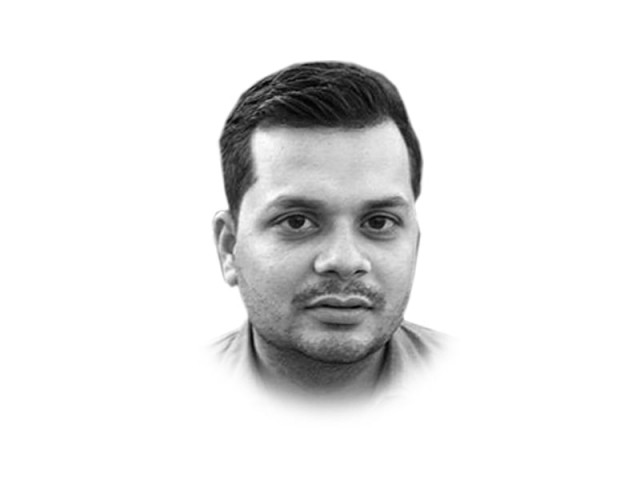It feels like 1989
Nations who do not learn from history are destined to make a fool of themselves.

The writer is a journalist in Delhi whose work has appeared in The Christian Science Monitor and The New York Times. He tweets @DilliDurAst
Forgetting is good. How much can a nation grieve? Even better than forgetting is to not take note. The home ministry said that India had seen 451 incidents of inter-religious violence in 2012, and this year already 410 until western Uttar Pradesh lost its cool.
In the year 2000, a retired corporate guru, Gurcharan Das, wrote a book called India Unbound. I was in school and remember being completely in thrall of the book. Those were the dotcom boom years, we were entering a new millennium; India was supposed to be finally achieving its tryst with destiny. At long last, now that we had discarded Nehruvian Socialism and embraced Capitalism, now that call centres had done away with the need of aping the West’s industrial revolution, we were poised for greatness. Das, who writes beautifully, had convinced me that India had achieved its second and final freedom in 1991, with economic liberalisation. The idea that this was a second independence was so strong in the book that it suggested India had made a new beginning and the old evils of caste, corruption, communalism and so on, would all be obsolete with prosperity.
It’s unfair to single out Gurcharan Das, because that had been the dominant narrative until recently. From Indians and foreigners alike, one heard the phrase ‘new India’ so often that it seemed old India had disappeared into the Indian Ocean. But, slowly, old India crept back, with too many flashbacks, a bit like the climax of a Bollywood movie. If it seemed tensions over affirmative action were over with the Mandal agitation of 1991, they were back with ‘Mandal II’ in 2006. If one thought the Bhopal gas tragedy was a matter of history, controversies about it returned. If, in the 1980s, the Punjab militancy had haunted us, the Maoists stand out as a sore thumb in the ‘India story’. If the conflict experts had declared Kashmir a ‘post-conflict situation’, the Valley shut up the experts in and since 2008. Just like when Kashmir took to arms in 1989, Afghanistan is on the precipice of a change of guard. If economic desperation was one explanation for the rise and appeal of Hindu nationalists, the BJP is having a second go at exploiting economic disenchantment by using fascism. Lord Ram is now a Gujarati. If economic liberalisation was supposed to end the crony capitalism of the so-called ‘mixed economy’, crony capitalism has increased by leaps and bounds. Nice guy Manmohan’s government gives us scam after scam, so reminiscent of the government of his mentor, Narasimha Rao.
The more things change, the more they deja vu. This year feels not like brave youth but teenage anxiety. Nations who do not learn from history are destined to make a fool of themselves. We are constantly told to ‘move on’. But what do you do with the wounds? You pretend they don’t exist and the gangrene spreads. We don’t solve our problems, we manage them. We do not punish our rioters, or banish the people looting the economy, and we do not tell ourselves lies about the regions that take up arms against Delhi.
Then, at some point, we will decide to ‘move on’. We will get so tired of being sad that we will become happy again. We will be so happy, we will forget we were ever sad. Mushkilen itni padi mujh per ki asaan ho gayi. That Mirza Ghalib still knows our emotions better than us says something about how much you can move on.
Published in The Express Tribune, September 20th, 2013.
Like Opinion & Editorial on Facebook, follow @ETOpEd on Twitter to receive all updates on all our daily pieces.


















COMMENTS
Comments are moderated and generally will be posted if they are on-topic and not abusive.
For more information, please see our Comments FAQ